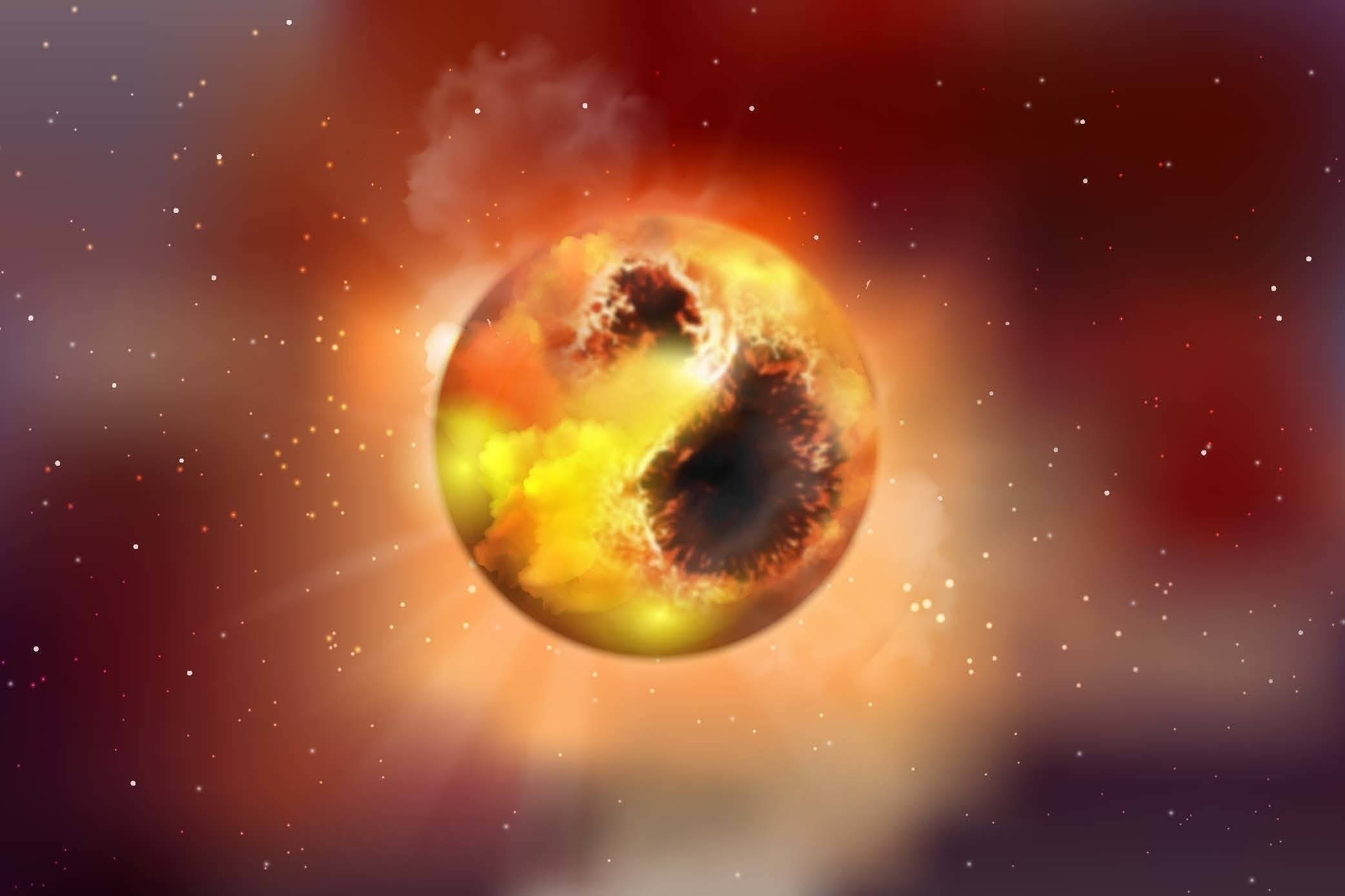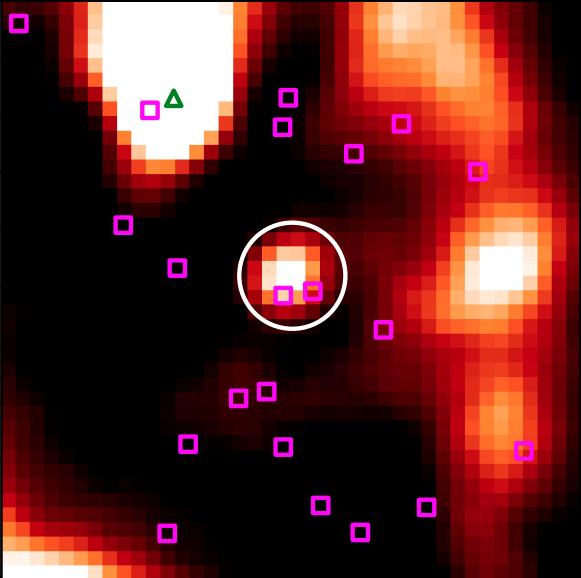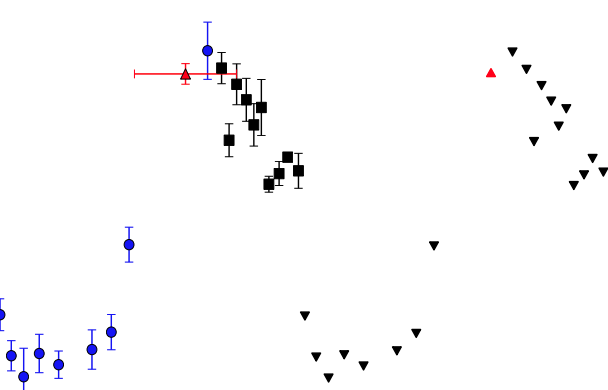
In late 2019, Betelgeuse underwent an unprecedented dimming phase during which the V-band brightness of the red supergiant decreased by a factor of 3. In this study, we study 450 and 850 micron observations of Betelgeuse taken over the course of 12 years. At these wavelengths, we avoid the effects of extinction along the line of sight, providing an unbiased probe of the emission of the star and its environment. The derived submillimetre lightcurve also exhibits a dimming. Based on these data along with VLT imaging of the non-uniform brightness of the star, we report a significant reduction in the overall luminosity of the star during the time of the "great dimming", possibly due to the presence of large star spots. (Image Credit: MPIA Graphics)
General Information
Link to ADS

The discovery of the brightest stellar flare ever recorded in the direction of a young, forming star called JW 566 in the Orion Nebula. The flare was 10 billion times more powerful than a regular solar flare and was likely caused by a magnetic field reconnection.
General Information
Link to ADS

Following the variability of deeply embedded young protostars across 8 star-forming regions over ~4 year timescales. This is the first time a study such as this has been performed at submillimetre wavelengths. This research makes use of both the Gould Belt Survey and the JCMT Transient Survey.

The first look at the rich star-forming region Southern Orion A with the SCUBA-2 instrument at the JCMT. Includes a continuum fragmentation analysis, YSO spatial distribution study, and a catalogue of submillimetre sources. Obtain the data here.

EC 53 is a young, forming star still embedded in its nascent envelope. It shows a periodic brightening and fading over the course of ~1.5 years. This is related to the rate the star is accreting material and the presence of a binary companion. The JCMT Transient Survey is tracking the periodicity of EC 53 at both 850 and 450 microns using the SCUBA-2 instrument at the JCMT.

HOPS 358 was originally discovered by the Herschel Orion Protostar Survey at infrared wavelengths. The JCMT Transient Survey is now tracking the variability of this young, forming star at submillimetre wavelengths. After showing a very stable brightness for more than a year, the source exhibited a sharp, linear decline. The change is related to the amount of material falling onto the central source.
Victoria, BC
Email: steve@drstevemairs.com
March, 2024